Product Overview
The LM317 Adjustable DC Voltage Regulator Module is a versatile and widely used power regulation solution based on the popular LM317 integrated circuit. This module allows you to adjust the output voltage over a wide range—from approximately 1.25V up to 37V—making it ideal for a variety of electronic projects, DIY power supplies, battery chargers, LED drivers, and other applications where a stable and adjustable voltage is required.

Key Features:
- Adjustable Output Voltage:
- Easily set the output voltage between 1.25V and 37V using an onboard potentiometer, ensuring flexibility for different applications.
- Stable Voltage Regulation:
- Provides a reliable and constant voltage output even with varying load conditions.
- High Current Capability:
- Can typically supply up to 1.5A (with proper heat sinking), making it suitable for moderate power applications.
- Compact & Easy to Use:
- The module is designed for simple integration into your projects with minimal external components required.
- Built-in Protection:
- Features inherent overload and thermal protection, enhancing safety and reliability during operation.
Technical Specifications:
- Input Voltage: Varies (commonly 8V to 40V, depending on the application and module design)
- Output Voltage Range: Approximately 1.25V – 37V (adjustable)
- Maximum Output Current: Up to 1.5A (with adequate heat dissipation)
- Adjustment Mechanism: Onboard potentiometer and resistor network
- Operating Temperature: Suitable for a wide range of ambient conditions (refer to datasheet for specifics)
- Dimensions: Compact design for easy mounting on PCBs (exact dimensions may vary by manufacturer)
Applications:
- DIY Power Supplies: Create custom regulated power sources for various electronics projects.
- Battery Chargers: Adaptable for use in designing battery charging circuits.
- LED Drivers: Provides a stable voltage for LED lighting systems.
- Electronics Prototyping: Ideal for experimentation and prototyping in educational and hobbyist environments.
- General Voltage Regulation: Suitable for any application that requires a stable, adjustable DC voltage.
Why Choose the LM317 Adjustable Module?
The LM317 Adjustable DC Voltage Regulator Module is a cost-effective, robust, and flexible solution for all your voltage regulation needs. Its ease of adjustment, reliable performance, and built-in safety features make it an essential component for both professional and hobbyist electronic projects.
Only logged in customers who have purchased this product may leave a review.

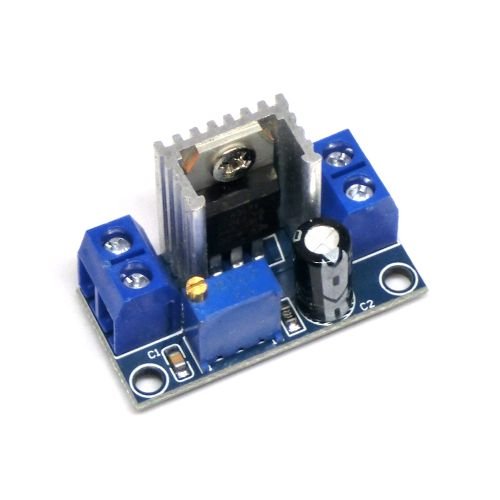
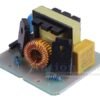
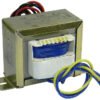
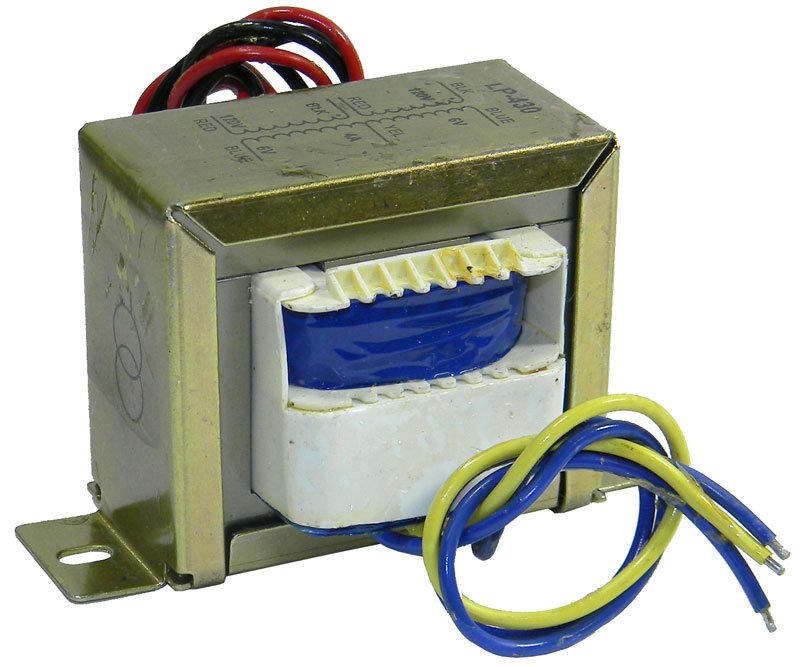

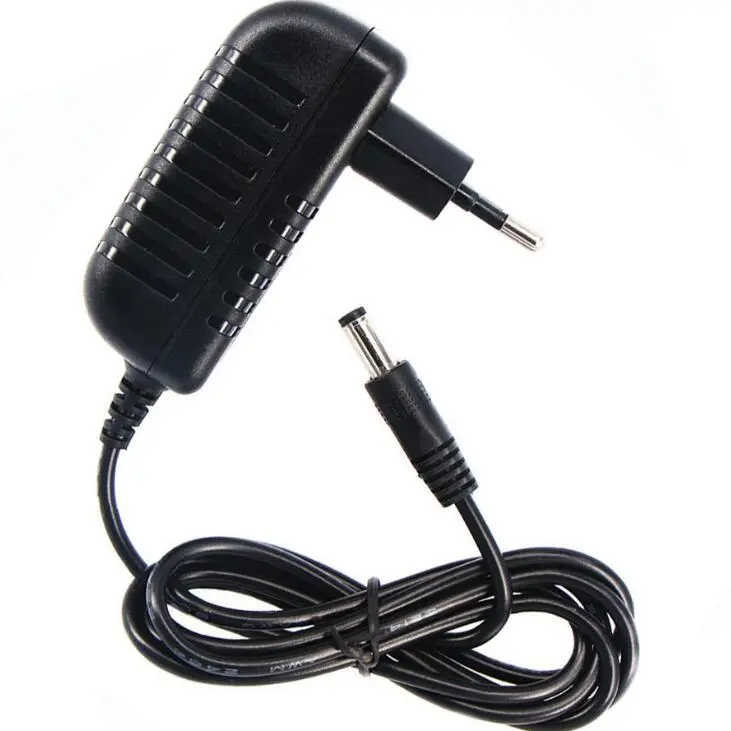
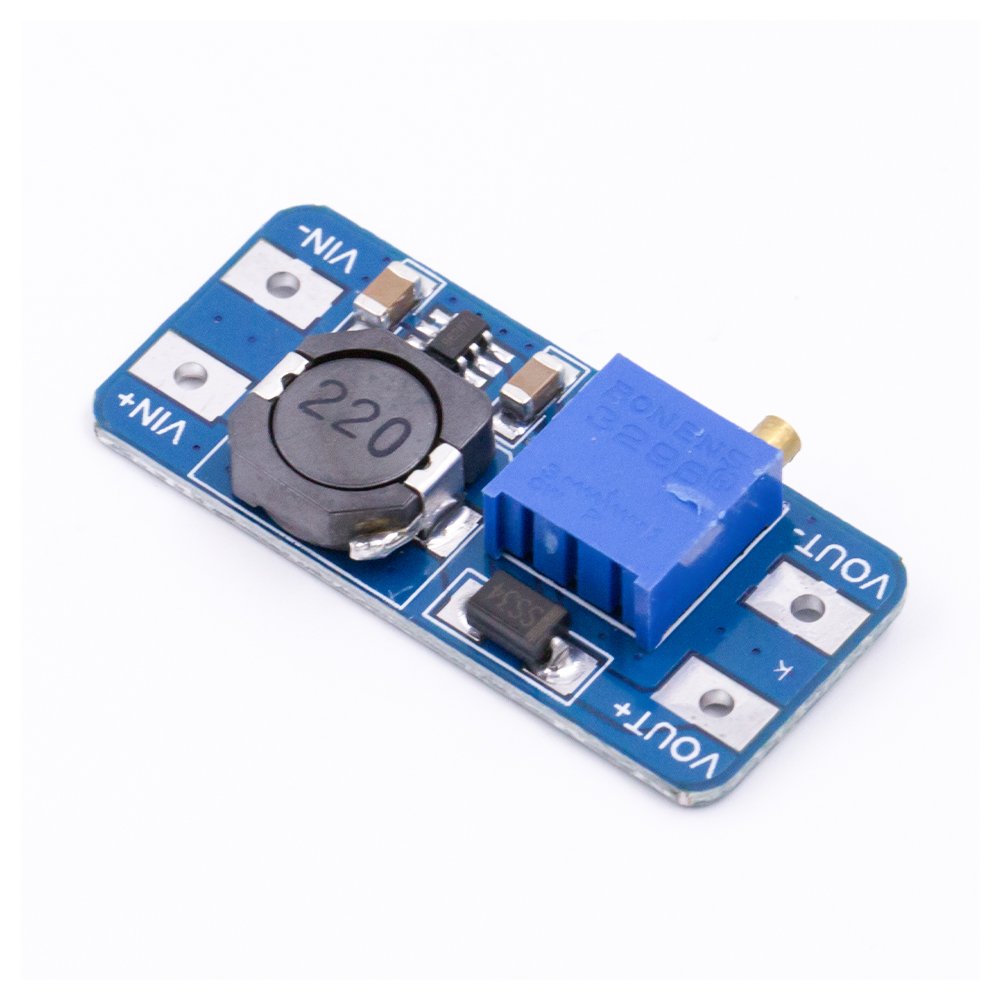


Reviews
There are no reviews yet.